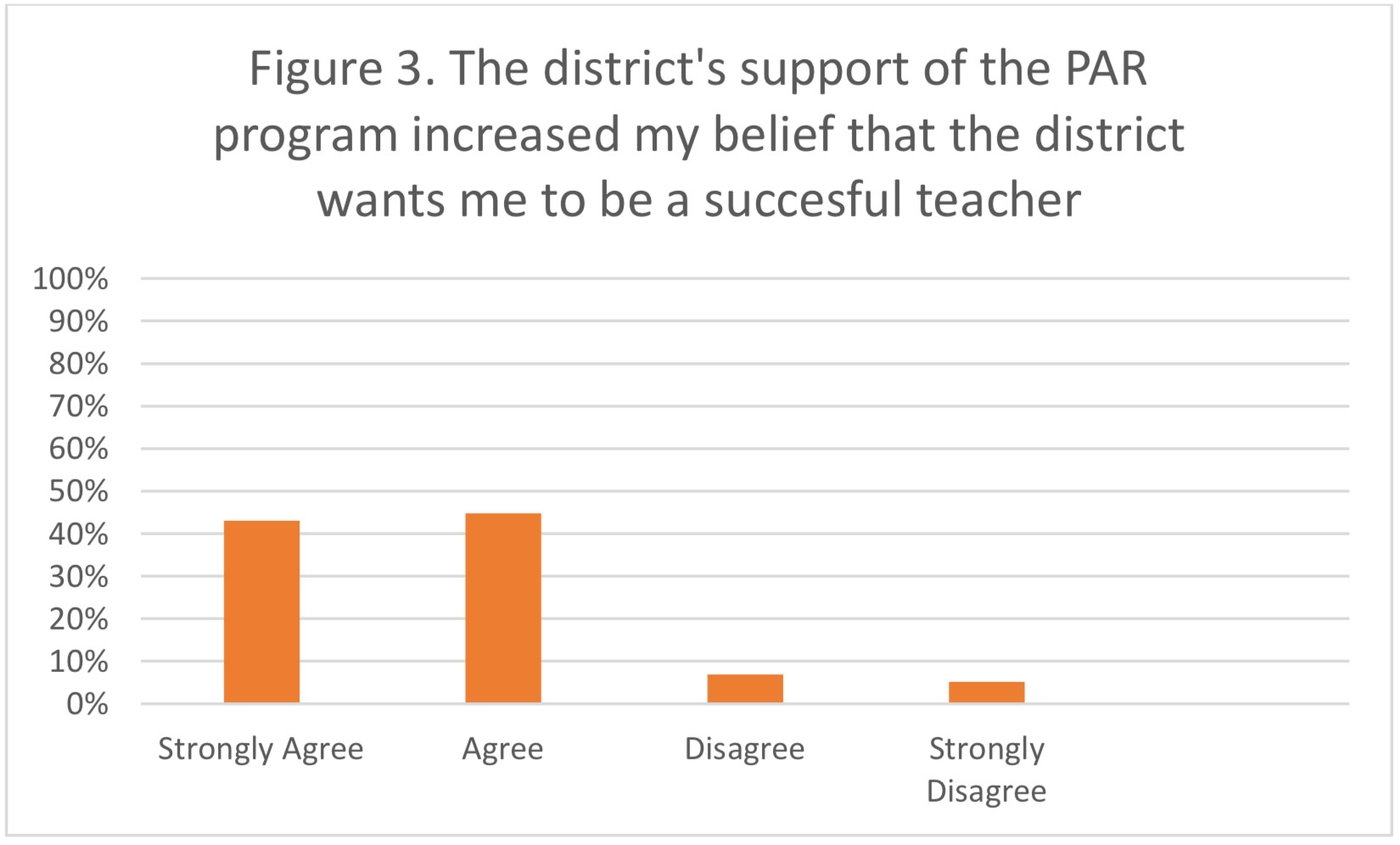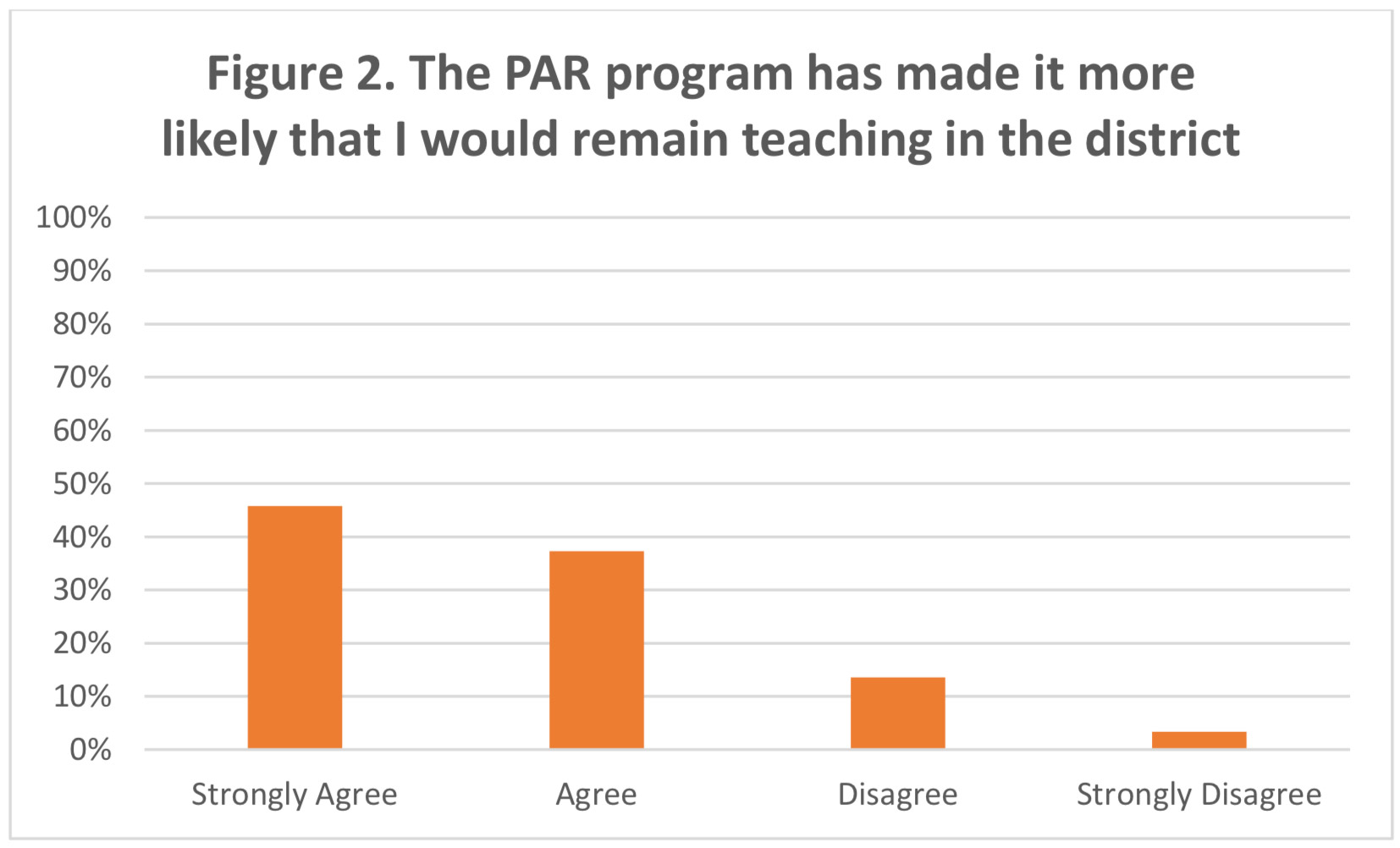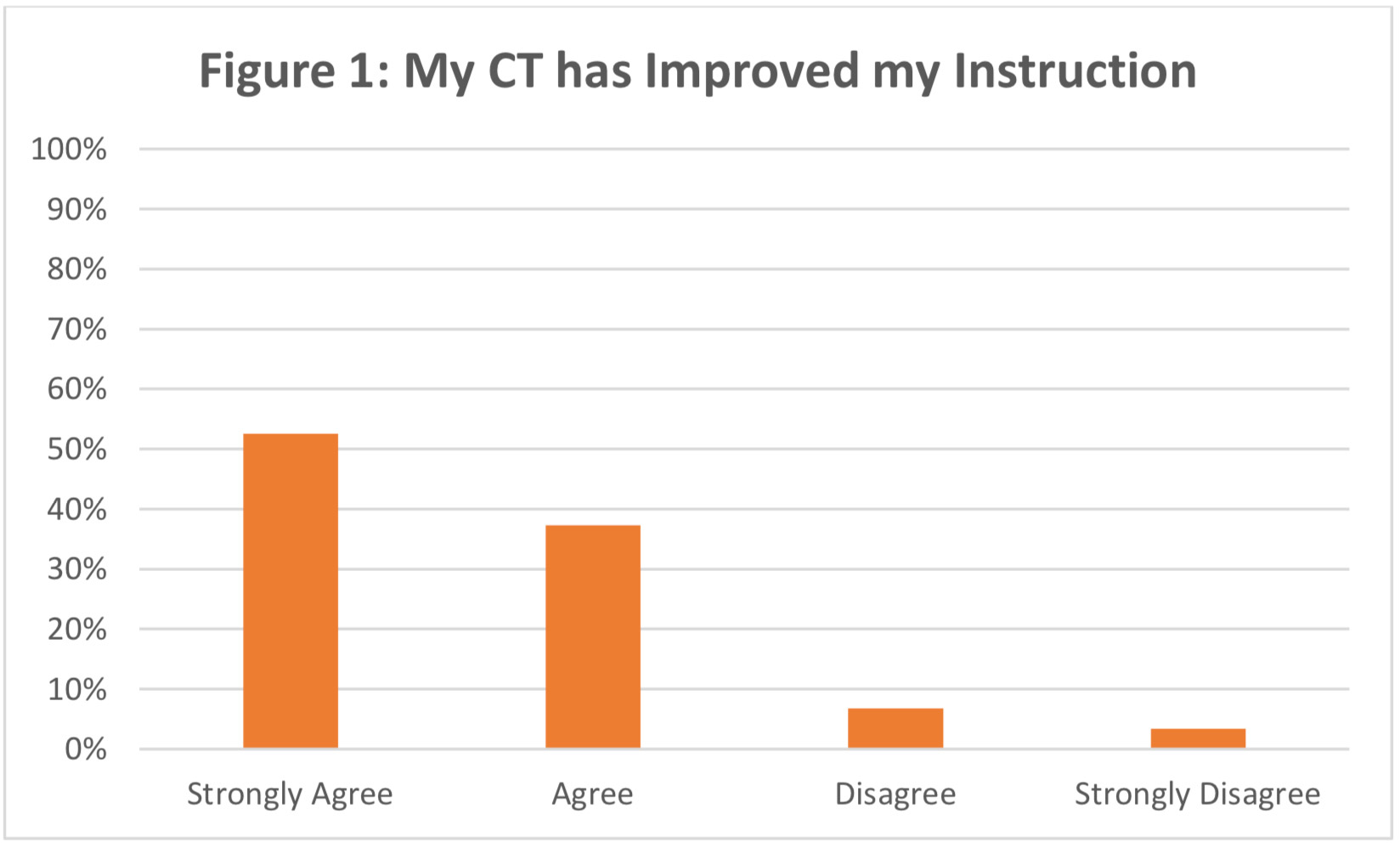What is Southwest TURN?
Over the past decade, the Southwest Teacher Union Reform Network (SW TURN) has worked to bring together teacher union and school district leaders to study innovative reforms that can lead to increased achievement for all students. Through twice yearly meetings, SW TURN brings together union leaders, administrators, outside experts, and other key stakeholders. Over the past several years, districts participating in SW TURN have represented some of the largest in the southwest region, including Denver, Aurora, Albuquerque, Las Vegas, Austin, Houston, San Antonio, Omaha, and Tulsa. These districts alone serve more than 700,000 students in the region. The organization’s primary goal is to support district and teacher union leaders in bringing about positive change that supports teachers and improves student learning and growth.
Southwest TURN (SW TURN) is part of the Teacher Union Reform Network. It is a union-led effort to promote progressive reforms that will ultimately lead to better learning for all students. SW TURN serves leaders in Arizona, Colorado, Kansas, Nebraska, Nevada, New Mexico, Texas, and Utah.
What are the impacts of SW TURN on participating school districts?
In an effort to understand the impacts of SW TURN on participating school districts, the Consortium for Education Change (CEC) in 2017 commissioned an independent study. CEC selected Augenblick, Palaich and Associates (APA) to conduct this study. APA is an independent research firm with more than 30 years of experience providing objective evaluation of education policies and practices. Since a key goal of TURN is to create positive change in school and district practice by promoting innovative ideas among union and district leaders, APA’s evaluation focused on the following target: identifying districts that have implemented substantive changes in schools as a direct result of participating in SW TURN.
Identifying districts that implemented substantive changes in schools because of their participation in SW TURN was complicated by two key realities. First, TURN operates primarily by sharing information across district and union leaders through meetings twice a year, supplemented by electronic communications and meeting materials. While these meetings are intensive and offer the opportunity over multiple days for participants to delve deeply into particular topics, TURN does not currently have the resources to provide follow-up technical assistance between meetings to the many district and union leaders from eight different states that participate. Second, districts in the SW TURN region operate within widely differing legal and policy environments. For instance, while collective bargaining for teacher unions is allowed in some states in the region, such as Colorado, such bargaining is prohibited in other states, such as Texas. This means that districts in differing jurisdictions may need to develop their own creative mechanisms in order to implement ideas generated through TURN within the realities of their own local contexts.
With these realities in mind, APA worked to identify any districts in the southwest region that directly attributed substantive programmatic changes over the past several years to participation in TURN. A first case study was conducted on the San Antonio Independent School District and the development of its peer assistance and review (PAR) program designed specifically to help support, mentor, and retain new teachers in high need schools. Notably, the San Antonio experience represented a collaborative effort between district leaders and the teacher union in a state where collective bargaining is not allowed under state law. Despite this legal context, both teacher union and district leaders directly attributed the successful creation of the new program to participation in SW TURN.
This second case study conducted by APA is focused on the Clark County School District (CCSD) in Las Vegas, Nevada. Similar to San Antonio, CCSD and the Clark County Education Association (CCEA) created a PAR program to support and retain first-year teachers and leaders credited SW TURN with providing key data and support to successfully launch the program. As this case study will describe, in order to make the new program successful, CCSD and CCEA leaders partnered and collaborated closely throughout the program’s design, and incorporated lessons learned from their participation in SW TURN.
Methodology
APA conducted a site visit to Las Vegas in October 2017 to better understand the evolution of the district’s PAR program from discussions and presentations at a SW TURN meeting in 2014 to an actual program pilot in the 2015/2016 school year. During this site visit, APA:
1) Conducted interviews with leaders from CCEA and the Clark County Association of School Administrators and Professionals;
2) Conducted interviews with CCSD leaders;
3) Ran a focus group that included all current mentor (or consulting) teachers in the district’s PAR program;
4) Conducted focus groups of new teachers at both the elementary and secondary school levels that received consulting teacher support; and
5) Gathered data from an electronic survey of new teachers from across the district that received consulting teacher support.
Findings from these data gathering activities are reported below.
Clark County School district is one of the largest school districts in the country. The district, which has experienced rapid growth, faces a teacher shortage of 500- 700 positions. This shortage makes the need to retain first-year teachers more important than ever.
The Challenge: Supporting New Teachers in the Fifth Largest District in the U.S.
The Clark County School District (CCSD) has a total enrollment of 322,770 students, employs 41,823 people, and serves a student population where 63.5% of students receive free and reduced lunch.1 Encompassing the entire Las Vegas metropolitan area, CCSD is the fifth largest school district in the United States. The district faces challenges common to urban districts in terms of recruiting and retaining top quality teachers. However, due to its geographical size, the district has the additional complexity of serving many students and families in both rural and suburban school settings. This mix of schools, coupled with the district’s growth in recent years, placed a premium on the need to identify cost-effective ways of supporting effective teacher practice and reducing turnover.
CCSD’s continual challenge with teacher turnover results in shortages of between 500-700 teaching positions at a time, with about 80 percent of these position vacancies are found in the district’s highest need schools. Because turnover occurs frequently in these high need schools, there is a disproportionate negative impact on the district’s most disadvantaged students, who may be more likely to attend schools with less stability in staffing, and to be served by less experienced teachers.
District human resource and education association leaders recognized the need to address this ongoing challenge. As far back as 2006, both district and education association leaders began to explore innovative ways to support new teachers in the district. Peer Assistance and Review (PAR) was viewed as a way to potentially align resources to address challenges that all agreed needed to be addressed. PAR is a program of structured mentorship, observation, and rigorous, standards-based evaluation of teachers by other experienced teachers.
District and union leaders visited schools in other states around 2006 to gather ideas for implementing a PAR program in CCSD, but the idea never was able “to get off the ground.†As education association and district leaders indicated in APA’s interviews, the relationship between the district and union at that time were not strong and it was challenging to build the consensus needed to move forward with innovative changes to how new teachers were supported. What was needed, all parties indicate, was not only an agreed upon strategy, but a venue that could provide a safe harbor where district and union leaders could collaboratively consider innovative programs and how such programs might be implemented across different CCSD schools and communities.
“Working together on PAR reset the whole relationship between the district and the union... We could see that the union was really trying to push innovative changes that could support teachers.â€--Mike Barton, Chief Academic Officer, CCSD
Addressing the Challenge: The Role of SW TURN
According to district and union leaders participating in APA’s interviews, the crucial moment that facilitated implementation of a PAR program for CCSD began in 2012 and was solidified in 2014 with district and union leaders finding a safe space to collaborate within SW TURN. In 2012, CCEA had new leadership and was working to create an interest based collective bargaining system. The district also recently hired a new superintendent who had spent time in Montgomery County, Maryland and Reno, Nevada (both districts which had developed PAR programs). CCSD leaders and CCEA leaders both attended an NEA foundation trip to Montgomery County in 2012. On this trip, they learned more about PAR implementation in a large urban district setting and how such a program could be operated effectively through collaboration. Following that visit, CCSD leaders and CCEA leaders attended a SW TURN conference together in Las Vegas, Nevada in November 2014. The major focus of this meeting was on PAR programs throughout the region. Leaders in districts from other SW TURN states who had created their own PAR programs made presentations about their programs and shared lessons learned, challenges, and successes. According to CCEA vice president Theo Small, this meeting was a turning point: “The district and CCEA had discussions about PAR starting in 2006, but never got it off the ground. Sometimes you do need that outside resource to bring parties together, and for us, it was TURN.â€
According to Mike Barton, Chief Student Achievement Officer of CCSD, the PAR idea aligned well with CCSD strategic goals because the district’s leaders were trying to rethink and enhance how support was provided to first-year teachers. District and union leaders attended the TURN meeting together, as a team. This brought forth a shared understanding of the program and how to implement it with fidelity. In fact, leaders indicated in interviews that attending these meetings together was the genesis of a collaborative relationship that has held strong for the past four years. According to Barton, “working together on PAR reset the whole relationship between the district and the union. It changed the district’s view of the union and we could see that the union was really trying to push innovative changes that could support teachers.†CCEA’s Small agreed that collaboration on the PAR program was a major factor in the improved relationship, allowing the union and district to build trust and to move from a combative relationship to one that was focused on aligning resources toward a common goal.
Implementing Change: Clark County’s PAR Program
The PAR program was first implemented in the 2015-2016 school year, with a focus on schools in turnaround status. Any teacher new to the profession in one of the supported turnaround schools is automatically enrolled in the program. The goal is to lower the large amount of teaching vacancies and turnover in these higher need schools. In order to accomplish this goal, CCSD hired nine consulting teachers (CTs) for the PAR program. CTs are teachers with significant experience in CCSD (ranging from seven to 30 years teaching in the district) who have a demonstrated record of excellence as well as demonstrated competence in coaching other teachers.
“The district and CCEA had discussions about PAR starting in 2006, but never got it off the ground. Sometimes you do need that outside resource to bring parties together, and for us, it was TURN.â€--Theo Small, Vice President, CCEA
These CTs are fully released from their regular teaching duties in order to focus their support on the new teachers who are assigned to them. Their purpose is to provide direct instructional support to assigned teachers through classroom observation and feedback, data collection, model teaching, and coaching. The CTs report the progress of each teacher to an innovative panel designed to bring objective expertise and perspective to the work. Membership of the panel consists of the supported teacher’s principal and the CT who meet together with a “PAR pair†that includes one teacher at an unaffiliated CCSD school and one principal from an unaffiliated school. The goal of the PAR pair is to provide unbiased feedback and expertise to the conversation. The panel as a whole shares the goal of reviewing the progress of participating novice teachers based on data collected. APA observed multiple panel discussions and found that the PAR Pairs contribute an independent perspective to very candid conversations surrounding the strengths and challenges of each supported teacher. Together, the four panel members create an action plan for the supported teacher that focuses on professional growth and how best to help each teacher succeed.
Impacts and Outcomes
Focus groups conducted by APA provided context to the program and the impacts it has had on participating CTs and teachers. In general, CTs reported that the new PAR system represented a significantly positive departure from the district’s traditional method of delivering support to new teachers in several important ways. First, the traditional approach, much like programs in many other districts across the country, involved a “buddy†teacher in the same school that agreed to serve as the new teacher’s “mentor.†This mentor, however, had no release time from their other teaching responsibilities, and therefore had no time to actually observe the new teacher’s classroom or to give feedback on instruction. In contrast, the CTs in the CCSD program are full time and are released from their other teaching responsibilities. This means they have the time and capacity to directly observe their mentees’ instruction. The CTs emphasize that such observation and feedback is critical to the effectiveness of their coaching and the positive impacts the see on new teacher practice.
Second, the district’s traditional system for supporting new teachers focused on providing classes or professional development after school or at night. This approach did not allow for any customization of support to a particular new teacher’s professional strengths or weaknesses. By contrast, the CTs indicate that their support is tailored to the unique needs of each new teacher, informed by direct observation of that teacher’s classroom practice.
Third, under the district’s traditional mentoring approach, there was no explicit separation between the mentor and the new teacher’s evaluation, which meant that new teachers might not always feel secure that the challenges they shared with their mentor would remain confidential. Under the PAR program, however, CTs report they are in a clearly “neutral†position at each school, and that it is made clear that they do not report to the principal and that they have no role in the official evaluation of any mentee’s job performance. This separation enhances the relationship of trust and confidentiality between the CT and their mentee teachers, and CTs indicate this trust is critical to their ability to support new teachers.
Fourth, CTs indicate that the PAR panel itself provides a valuable system of support, which did not exist in the district’s prior system for supporting teachers. CTs indicate that the panel opens a channel of communication with the principal in a protected environment that does not jeopardize confidentiality of the CT’s work with their mentees. It also provides the principal access to the insights and experience of another principal in the district as part of the PAR pair that participates on the panel.
Each of the four changes described above are the result of specific structural components of the PAR program, such as full time CTs and the PAR panel makeup. The design of such components was informed directly by district and union leader participation in SW TURN meetings. These meetings helped expose the leaders to program structures and best practices used in other districts in the Southwest region and around the country. According to the CTs in APA’s focus groups, the impacts of these innovative program structures on new CCSD teachers, include:
• Increased knowledge of state academic standards and requirements, which are the basis for how new teachers will be evaluated by their principals;
• Improved classroom management;
• Improved ability to introduce lessons;
• Improved ability to utilize formative and summative assessment to gauge student growth and understanding; and
• Enhanced ability of new teachers to become reflective in their practice.
The positive impacts of the program reported by the CTs were corroborated by other data gathered by APA as part of its case study. For instance, APA conducted a survey of teachers receiving PAR support in the district. Survey data was received from 61 such supported teachers. As seen in Figure 1, the supported teachers who responded to APA’s survey nearly unanimously either “agreed†or “strongly agreed†that their CTs had improved the quality of their instruction.

Survey data also indicated that the support provided to teachers was intensive. More than half (about 52 percent) of new teacher survey respondents reported having weekly CT visits. The majority (68 percent) of the teachers surveyed said that their visits with CTs lasted between 30-60 minutes.
There are also positive signs in the survey data that the PAR program may be helping to make inroads in addressing the district’s key challenge regarding the turnover of new teachers. In fact, as seen in Figure 2 below, 83 percent of supported teachers responding to the survey agreed or strongly agreed with the statement that the program “has made it more likely for them to remain teaching in the district.â€

Additionally, as seen in Figure 3, a large majority (88%) of the supported teachers agreed or strongly agreed that the program made them feel supported by the district and that this support increased their belief that the district wants them to be successful. In this way, the PAR program is helping to promote higher teacher retention and buy-in to support provided within CCSD while providing a highly valued source of support for first year teachers.

After only a few years of implementation, the Clark County school district is beginning to see its own data affirm what APA’s focus group and survey data suggests, particularly with regard to teacher retention. According to CCSD data, in 2015-2016, 91 percent of the teachers supported by PAR remained in CCSD. In 2016-2017, 93 percent of teachers supported by PAR remained in CCSD. These retention rates are a positive sign that the program is having the impact that district and union leaders hoped for when they came together to create the program with lessons learned from other districts in the Southwest region and across the country.
In 2015-2016, 91 percent of the teachers supported by PAR remained in CCSD. In 2016- 2017, 93 percent of teachers supported by PAR remained in CCSD.
Conclusion
The Clark County School District’s PAR program offers a strong example of an innovative, impactful program whose design would not have been possible without the close collaboration of district and education association leaders. Both district and union leaders attest to the impact which SW TURN had in not only the program’s design, but in providing the safe forum that was needed for their leaders to collaborate successfully around a common goal: to support and improve the retention of new teachers in high need schools. In just a few years of implementation, the program has received strongly positive reviews from both the supported new teachers and the experienced Consulting Teachers who provide new teacher support. Furthermore, district data indicate retention rates of supported teachers are above 90 percent. In a district where teacher retention is such a high priority, the PAR program shows promise as an impressive success in not only its execution, but in its emphasis on bringing district and union leaders together to find a mutually beneficial solution to a problem both sides want to solve.




